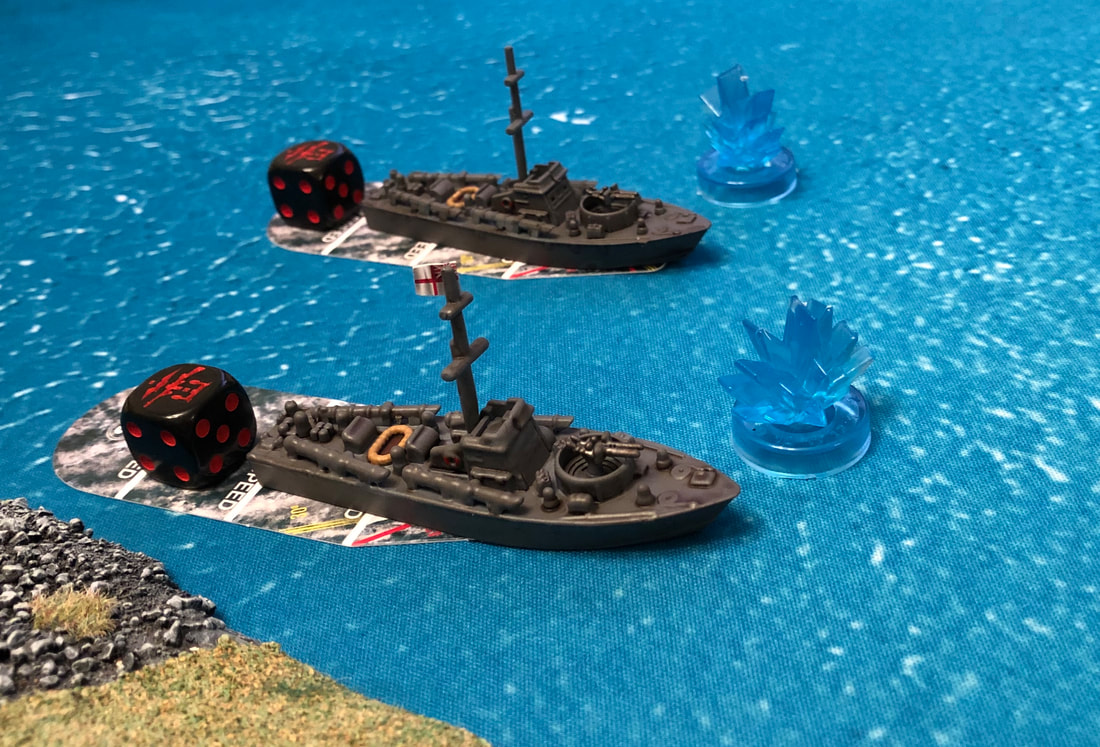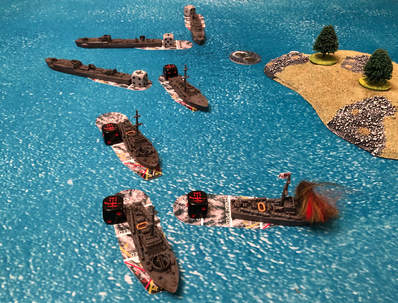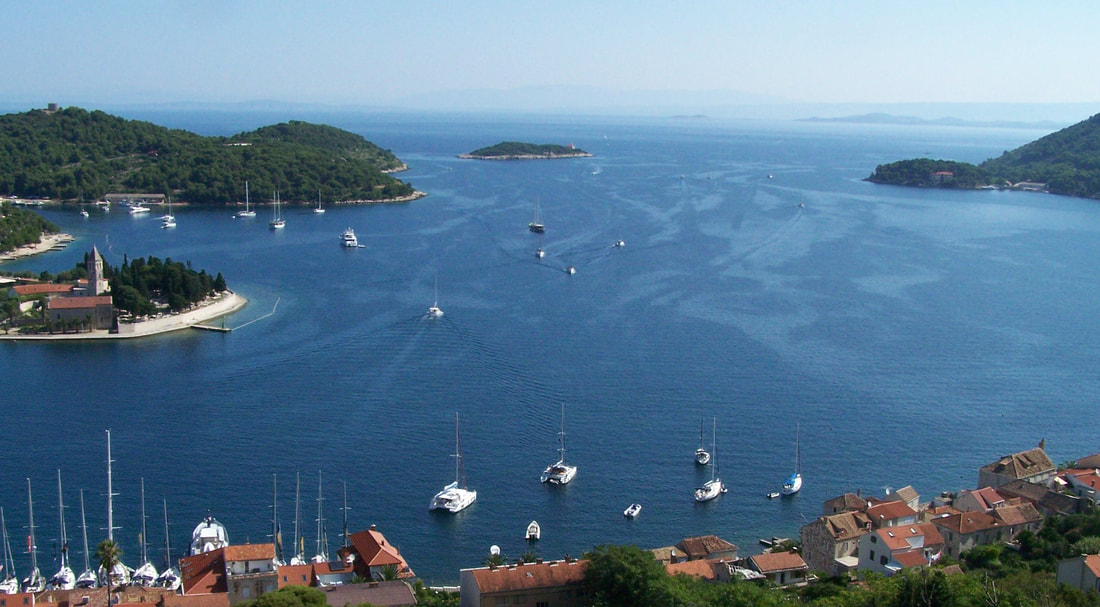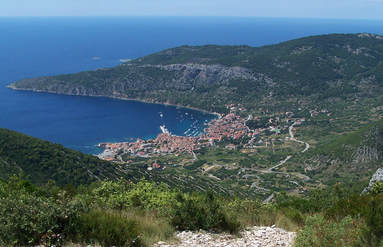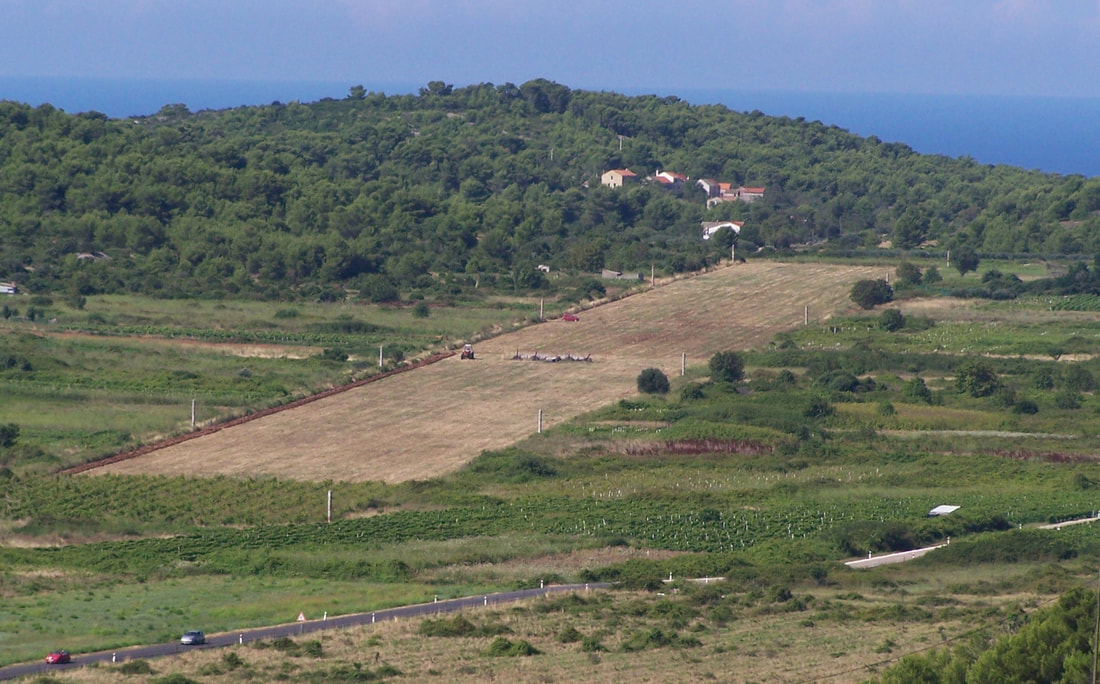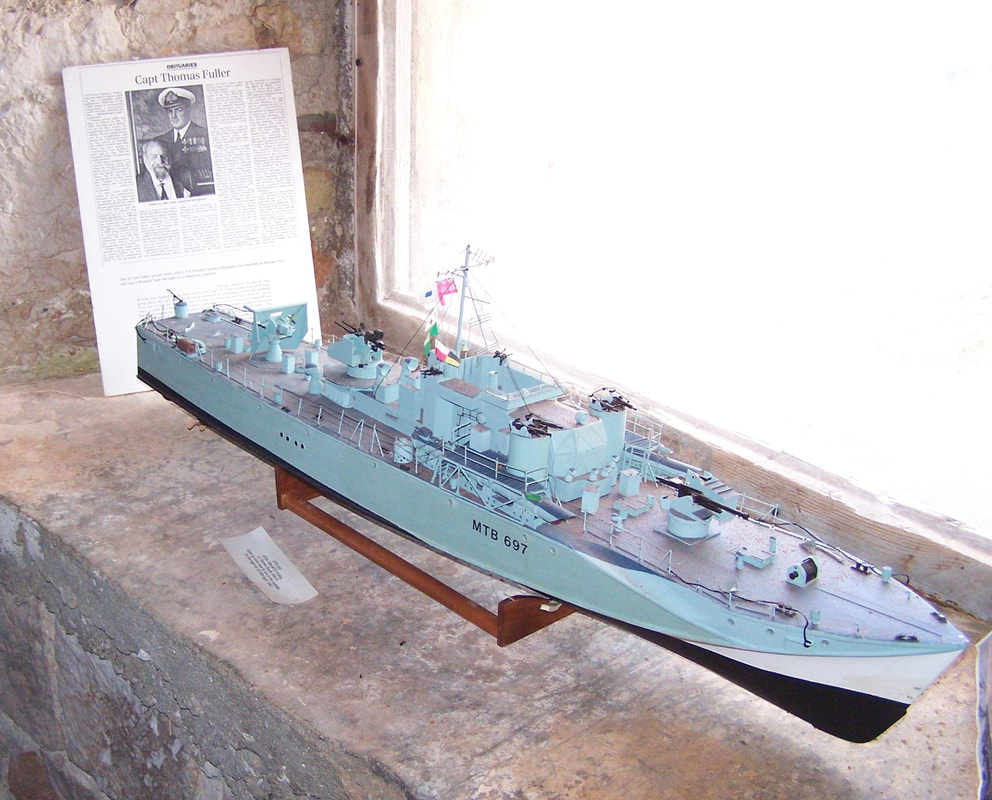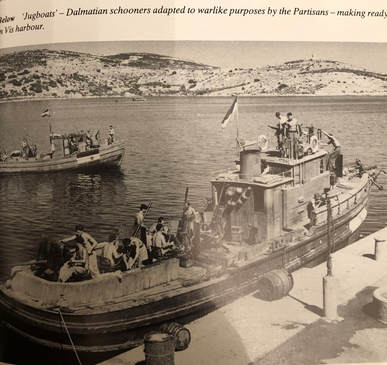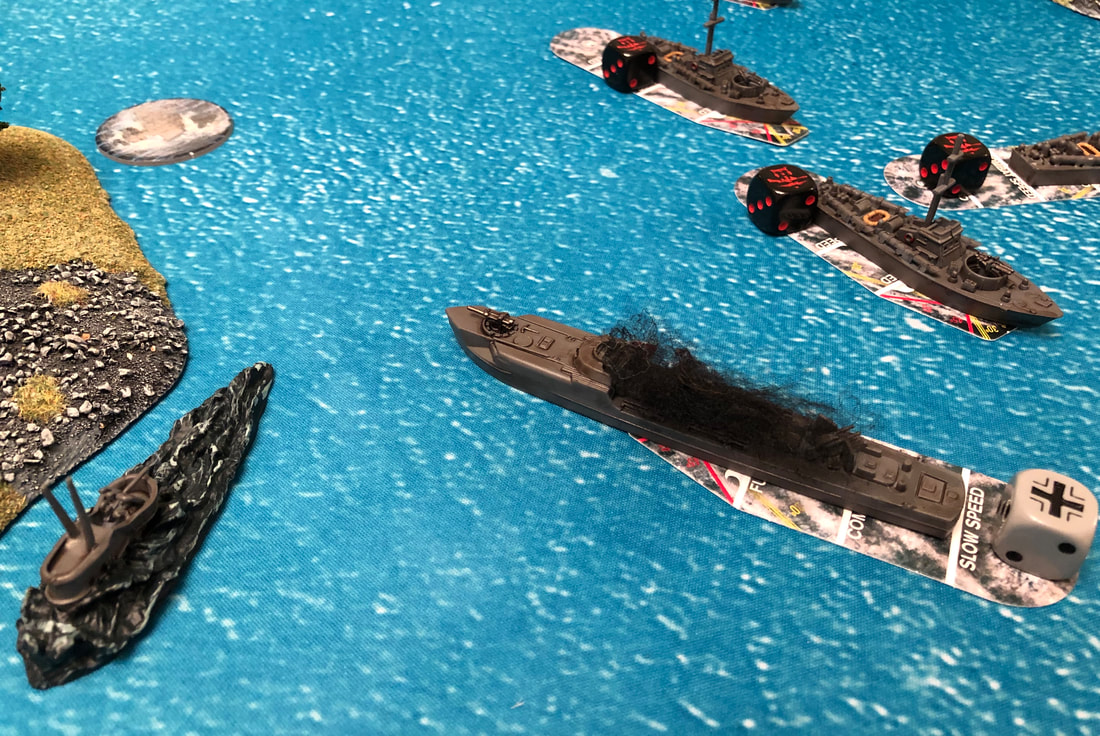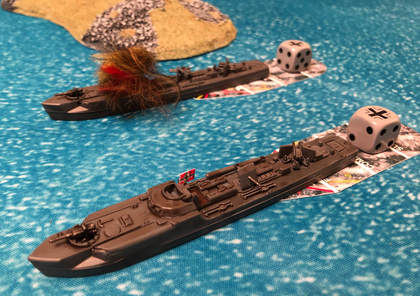- Home
- About
-
Travel
-
Features
- Dyrrachion1081
- Normans in the Balkans
- Manolada 1316
- Kosovo 1389
- Castles on the Danube
- Late Medieval Bosnian Army
- Doboj 1415
- Wallachian and Moldovan troops of the Napoleonic wars
- Anchialos 917
- Slovenian Borderlands
- The Zadruga and the Military Border
- Cretan War in the Adriatic
- Salonika 1916
- Uskoks of Senj
- Siege of Klis 1537
- Eugene in the Balkans
- Moldavian Surprise 1711
- Austro-Turkish War 1737-9
- Militargrenze
- Invading Ottoman Turkey
- Siege of Ragusa 1814
- Russo-Turkish War 1806-12
- Serbian Uprising 1815
- Ali Pasha
- Ottoman Army 1826
- Aleksinac 1876
- Shipka Pass
- Slivnitsa 1885
- Romanian Army 1878
- Austrian forts 19thC
- Kumanovo 1912
- Catalca Lines
- Adrianople 1912-13
- Kajmakcalan 1916
- The other 1918 campaign
- Macedonia air war WW1
- War of the Stray Dog
- Royal Yugoslavian armed forces
- Blunder in the Mountains
- Romanian SS
- Gebirgsjager in the Balkans
- Knights Move 1944
- Vis during WW2
- HLI in the Adriatic
- Adriatic Cruel Seas
- Dalmatian Bridgehead
- Cyprus 1974
- Transnistrian War
- Ottoman Navy Napoleonic wars
- Medieval Balkans
- Balkan lockdown quiz >
- Reviews
-
Armies
- Ancient Greeks
- Pyrrhic army of Epirus
- Dacian wars
- Goths
- Late Roman
- Comnenan Byzantine Army
- Normans
- Serbian medieval
- Albanian medieval
- Wallachian medieval
- Bosnian Medieval
- Catalan Company
- Polish 17C
- Austrian Imperialist
- Ottoman
- Austrian 18thC
- Russian Early 18thC
- Ottoman Napoleonic
- Greek Revolution
- 1848 Hungarian Revolution
- Russian Crimean war
- Romanian Army of 1877
- Ottoman 1877
- Russian 1877
- Balkan Wars 1912-13
- Macedonia WW1
- Greece WW2
- Italian Army WW2
- Gebirgsjager WW2
- Hungary WW2
- Turkey WW2
- Soviet Union WW2
- Bulgaria WW2
- Turkish Korean War Brigade
- Balkan Wars 1990s
- Links
- Books
Adriatic Cruel Seas
Warlord games have released their new game of coastal warfare, Cruel Seas. It covers the small vessels of World War Two, the motor torpedo/gun boats, landing craft and many others that fought in coastal waters.
While most players will start with the coastal waters of Northern Europe, I unsurprisingly, started with the Adriatic. From late 1943, British, US and German boats battled it out among the many islands off the Dalmatian coast. Even after the Italian surrender, many Italian ships and crew continued to fight, this time mostly for the allies. Former Yugoslav ships and boats were also used and the partisans used schooners and fishing boats to move troops around the islands and raid the coast. All this provides a huge range of scenarios for the game.
While most players will start with the coastal waters of Northern Europe, I unsurprisingly, started with the Adriatic. From late 1943, British, US and German boats battled it out among the many islands off the Dalmatian coast. Even after the Italian surrender, many Italian ships and crew continued to fight, this time mostly for the allies. Former Yugoslav ships and boats were also used and the partisans used schooners and fishing boats to move troops around the islands and raid the coast. All this provides a huge range of scenarios for the game.
The Dalmatian coast was occupied by the Italians after the collapse of Yugoslavia in 1940. Some eight divisions were deployed along the coast, supported by air and naval units and their fascist Ustase allies. There was a small-scale conflict with Tito’s partisans who occupied a number of islands and the mountains above the coast.
The Italian surrender on 8 September 1943, created a new dynamic. The Partisans grabbed large amounts of Italian equipment, before the Germans reacted. They harassed the German divisions (Prince Eugen and 114thJager), but by 26 September the major ports were occupied by the Germans and the remaining Italian units disarmed.
The tactical issue for the German command was what to do with the 79 islands off the coast. They would need amphibious operations to displace the partisans and then large amounts of troops as garrisons. On the other hand, leaving them alone would provide bases for Partisans and light ships of the Royal Navy were already running in supplies from their new bases in southern Italy. They opted for occupation, a task that was never really completed, but provides most of the action for the small boats.
The Royal Navy used Brindisi in south-eastern Italy as their base, initially with two flotillas of mixed Motor Torpedo Boats (MTB) and Motor Gun Boats (MGB). These boats were some 70 feet long with small guns, MGs, torpedoes and depth charges, manned by 3 officers and 27 ratings. They initially came from the African Coastal Flotilla that had been operating in North Africa in support of the invasion of Italy. There were also various SOE operations with their own commandeered civilian boats.
Contrary to the impression most modern tourists have of this holiday coast, the Adriatic in winter is a hostile environment for small vessels. A typical operation would involve sailing across the Adriatic at night, not least to avoid air patrols, and mooring in one of the many island creeks and bays, using camouflage nets. The interdiction of convoys and shelling of harbours took place the following night, although sometimes during the day if an opportunity arose.
For example, on 21 December, Partisans reported that the former Royal Yugoslav Navy cruiser, Dalmacija, was being used by the Germans to give fire support to their island-hopping operations. It had run aground off Silba island, so two MTBs set off from Hvar, avoiding a German destroyer and S-Boats to attack it. They fired torpedoes from 500 yards at 2am, wrecking the cruiser and headed back at speed to Hvar.
The Italian surrender on 8 September 1943, created a new dynamic. The Partisans grabbed large amounts of Italian equipment, before the Germans reacted. They harassed the German divisions (Prince Eugen and 114thJager), but by 26 September the major ports were occupied by the Germans and the remaining Italian units disarmed.
The tactical issue for the German command was what to do with the 79 islands off the coast. They would need amphibious operations to displace the partisans and then large amounts of troops as garrisons. On the other hand, leaving them alone would provide bases for Partisans and light ships of the Royal Navy were already running in supplies from their new bases in southern Italy. They opted for occupation, a task that was never really completed, but provides most of the action for the small boats.
The Royal Navy used Brindisi in south-eastern Italy as their base, initially with two flotillas of mixed Motor Torpedo Boats (MTB) and Motor Gun Boats (MGB). These boats were some 70 feet long with small guns, MGs, torpedoes and depth charges, manned by 3 officers and 27 ratings. They initially came from the African Coastal Flotilla that had been operating in North Africa in support of the invasion of Italy. There were also various SOE operations with their own commandeered civilian boats.
Contrary to the impression most modern tourists have of this holiday coast, the Adriatic in winter is a hostile environment for small vessels. A typical operation would involve sailing across the Adriatic at night, not least to avoid air patrols, and mooring in one of the many island creeks and bays, using camouflage nets. The interdiction of convoys and shelling of harbours took place the following night, although sometimes during the day if an opportunity arose.
For example, on 21 December, Partisans reported that the former Royal Yugoslav Navy cruiser, Dalmacija, was being used by the Germans to give fire support to their island-hopping operations. It had run aground off Silba island, so two MTBs set off from Hvar, avoiding a German destroyer and S-Boats to attack it. They fired torpedoes from 500 yards at 2am, wrecking the cruiser and headed back at speed to Hvar.
It was quickly identified that a base in the islands would hugely improve the effectiveness of the operations and better support the Partisans. The allied liaison officer with Tito, Fitzroy Maclean, proposed the establishment of a base on the island of Vis. This was a British base during the Napoleonic wars, centrally located and the nearest island to Italy, which had two harbours in Vis Town and Komisa (Komiza). As Fitzroy Maclean said:
“A glance at the map shows clearly enough the strategical importance of Vis in any war fought round the Adriatic and in its waters. Lying, as it does, within striking distance of the coast and the other islands, yet far enough out to sea for it to be reasonably easy to hold and at the same time, easy of access from Italy, it makes an ideal base for an enemy wanting a foothold in the eastern Adriatic, particularly if he has a taste for piracy, a pursuit for which those waters have always been famous. Here, it seemed to me, was the base for which we were looking – if only help could be obtained in time.” (Eastern Approaches, London 1949)
“A glance at the map shows clearly enough the strategical importance of Vis in any war fought round the Adriatic and in its waters. Lying, as it does, within striking distance of the coast and the other islands, yet far enough out to sea for it to be reasonably easy to hold and at the same time, easy of access from Italy, it makes an ideal base for an enemy wanting a foothold in the eastern Adriatic, particularly if he has a taste for piracy, a pursuit for which those waters have always been famous. Here, it seemed to me, was the base for which we were looking – if only help could be obtained in time.” (Eastern Approaches, London 1949)
|
Vis eventually developed into a major base, with a commando brigade, US Rangers, support weapons and partisan units. On the central valley in the island a full-sized landing strip was created as an emergency landing area for bombers unable to get back to Italy after Balkan raids, as well as fighters and bombers attack shipping and other objectives inland. |
The naval headquarters was in the harbour of Komisa at the western end of the island, with Commander Morgan Giles as the Senior Naval Officer Vis. The Partisan fleet was a separate command led by a Major-General commanding schooners known as ‘Tigers’. The MTB/MGB flotillas were augmented by landing craft, schooners and Motor Fishing Vessels (MFV). These boats could only manage 8 knots and if attacked from the air relied on six inches of hard oak to protect them, rather than AA fire with a Bren gun.
Supplies and troops were transported in the trawler Prodigal,supplemented by an ex-Fiume/Pola ferry boat Laurana,which later became a hospital ship. Medical services on Vis is an interesting story in its own right – graphically described by Bill Strutton in his book ‘Island of Terrible Friends’.
One of Morgan Giles’ assistants was the remarkable Admiral Sir Walter Cowan. Then in his seventies, he won a DSO serving in the Sudan with Kitchener in the 1890’s. He came out of retirement in 1939 and fought with an Indian cavalry regiment in the Western Desert, taking part in several commando raids. He was captured in the desert, escaped, and turned up in Italy when he got himself posted to Vis. He ended the war there, aged 73, adding a bar to his DSO by his gallantry on a raid!
The normal tour of duty for an MTB was 16 days, after which they were rotated back to Brindisi, minus spare parts and stores that might be useful to its replacement. The base ship at Brindisi was the Italian sea plane tender Miraglia,which retained her Italian commanding officer.
Typical actions in early 1944 involved hiding a few yards offshore, then approaching the enemy boat from astern before boarding, ‘in the manner of the old-time Spanish Main’.
One such action involved MGBs 647 and 661 off Murter island. At 2am, a convoy of three German I-lighters, an Italian assault craft, two small schooners and a motor launch was spotted. The MGBs called on them to surrender, but the Germans opened fire. A 6pdr from the MGB blew up an I-lighter and another rammed the Italian assault craft. After more shooting and a boarding action, the enemy surrendered and the MGBs returned to Komisa with the motor launch and two schooners in tow - along with 35 prisoners and stores.
The early easy pickings became rarer when the Germans introduced heavily armed escorts including F-lighters, S-Boat flotillas and schooners mounting 40mm and 20mm guns. The crews were often ‘impressed’ Italians with a leavening of Germans to maintain discipline.
Coastal batteries were another hazard. To counter them, one tactic was to use an LCI as a decoy ship, dressed up with dummy funnels and gun turrets to look like a destroyer. Firing at the dummy ship gave away their position and Forward Observation Officers could bring down artillery support and direct Hurricane fighter-bombers from Vis.
Minefields were not extensive in the Adriatic, but were used to protect ports and much feared by small boats. One mine could easily blow up a boat, so crews kept a close watch.
The American S.O. radar began to be introduced in 1944 and this enabled allied boats to see round corners, behind peninsulas and islands. As most actions took place at night, powerful searchlights were important additions. However, it was still difficult to identify enemy ships and the range – so closing fast was often the only option. Starshells were another important tactic to identify the enemy boats.
There is a detailed description of an MGB attack on a convoy at the Battle of the Mljet Channel by L.C.Reynolds in his book ‘Motor Gunboat 658’. This gives a real feel for the action and the rapid decisions commanders had to take.
I hope the above is helpful for those wanting to recreate the many small boat actions in the Adriatic using Cruel Seas.
One of Morgan Giles’ assistants was the remarkable Admiral Sir Walter Cowan. Then in his seventies, he won a DSO serving in the Sudan with Kitchener in the 1890’s. He came out of retirement in 1939 and fought with an Indian cavalry regiment in the Western Desert, taking part in several commando raids. He was captured in the desert, escaped, and turned up in Italy when he got himself posted to Vis. He ended the war there, aged 73, adding a bar to his DSO by his gallantry on a raid!
The normal tour of duty for an MTB was 16 days, after which they were rotated back to Brindisi, minus spare parts and stores that might be useful to its replacement. The base ship at Brindisi was the Italian sea plane tender Miraglia,which retained her Italian commanding officer.
Typical actions in early 1944 involved hiding a few yards offshore, then approaching the enemy boat from astern before boarding, ‘in the manner of the old-time Spanish Main’.
One such action involved MGBs 647 and 661 off Murter island. At 2am, a convoy of three German I-lighters, an Italian assault craft, two small schooners and a motor launch was spotted. The MGBs called on them to surrender, but the Germans opened fire. A 6pdr from the MGB blew up an I-lighter and another rammed the Italian assault craft. After more shooting and a boarding action, the enemy surrendered and the MGBs returned to Komisa with the motor launch and two schooners in tow - along with 35 prisoners and stores.
The early easy pickings became rarer when the Germans introduced heavily armed escorts including F-lighters, S-Boat flotillas and schooners mounting 40mm and 20mm guns. The crews were often ‘impressed’ Italians with a leavening of Germans to maintain discipline.
Coastal batteries were another hazard. To counter them, one tactic was to use an LCI as a decoy ship, dressed up with dummy funnels and gun turrets to look like a destroyer. Firing at the dummy ship gave away their position and Forward Observation Officers could bring down artillery support and direct Hurricane fighter-bombers from Vis.
Minefields were not extensive in the Adriatic, but were used to protect ports and much feared by small boats. One mine could easily blow up a boat, so crews kept a close watch.
The American S.O. radar began to be introduced in 1944 and this enabled allied boats to see round corners, behind peninsulas and islands. As most actions took place at night, powerful searchlights were important additions. However, it was still difficult to identify enemy ships and the range – so closing fast was often the only option. Starshells were another important tactic to identify the enemy boats.
There is a detailed description of an MGB attack on a convoy at the Battle of the Mljet Channel by L.C.Reynolds in his book ‘Motor Gunboat 658’. This gives a real feel for the action and the rapid decisions commanders had to take.
I hope the above is helpful for those wanting to recreate the many small boat actions in the Adriatic using Cruel Seas.
Further reading:
Michael McConville A Small War in the Balkans Macmillan 1986
Sir Brooks Richards Secret Flotillas Pen & Sword 2013
Fitzroy Maclean Eastern Approaches Jonathan Cape 1949
Bill Strutton Island of Terrible Friends Hodder & Stoughton 1961
L.C.Reynolds Motor Gunboat 658 Cassell 2002
Maurice Lihou Out of the Italian Night Airlife 2003
John Stallard and others Cruel Seas Warlord 2018
Michael McConville A Small War in the Balkans Macmillan 1986
Sir Brooks Richards Secret Flotillas Pen & Sword 2013
Fitzroy Maclean Eastern Approaches Jonathan Cape 1949
Bill Strutton Island of Terrible Friends Hodder & Stoughton 1961
L.C.Reynolds Motor Gunboat 658 Cassell 2002
Maurice Lihou Out of the Italian Night Airlife 2003
John Stallard and others Cruel Seas Warlord 2018
